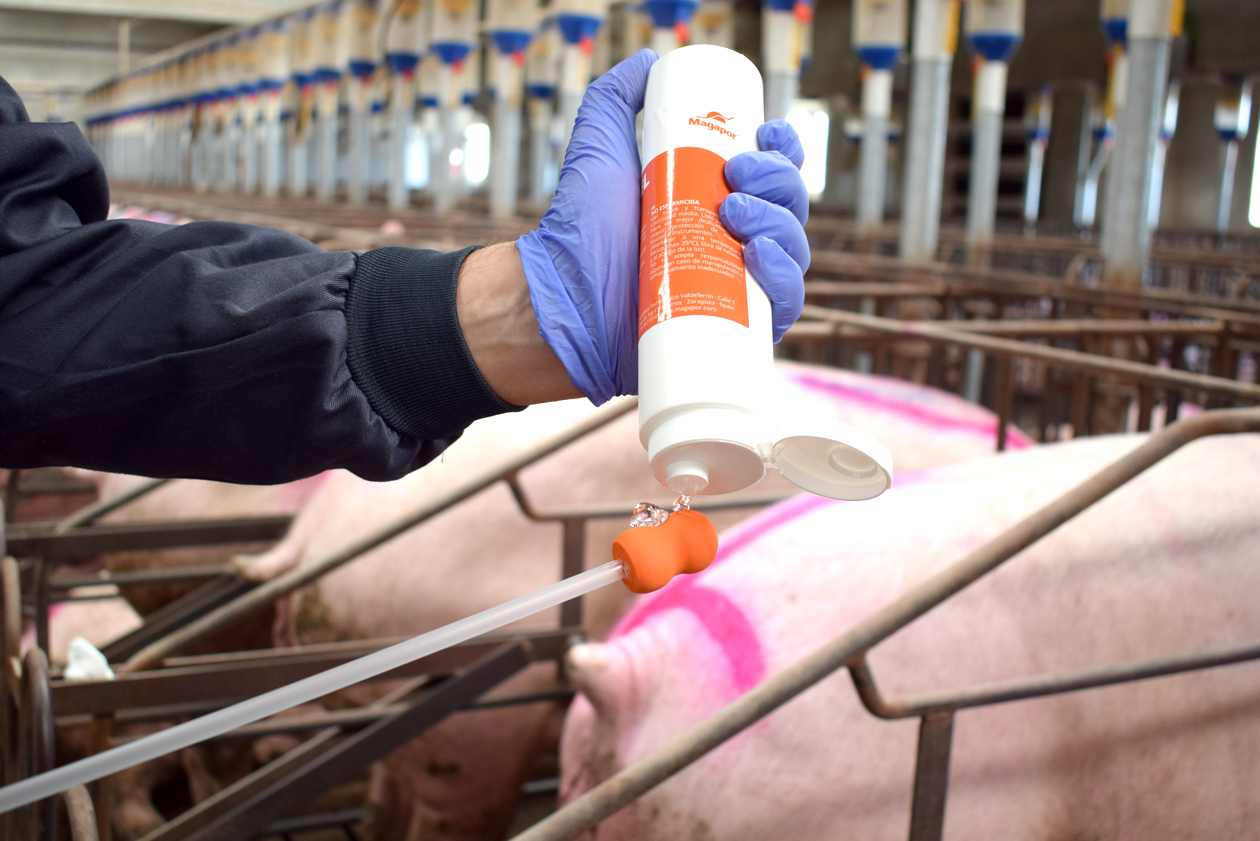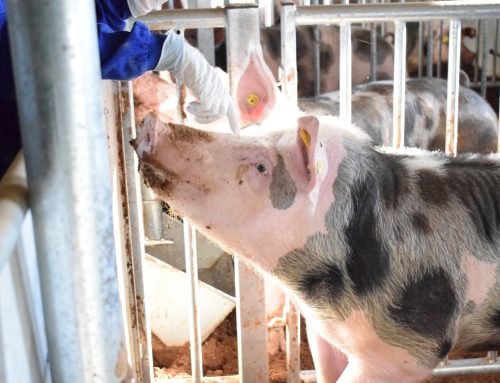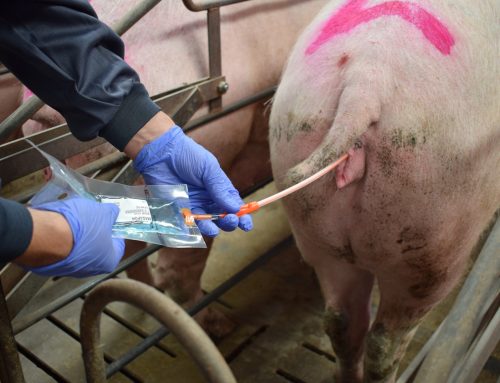Since swine artificial insemination was established, both with the traditional technique and with the intrauterine technique we have heard about semen backflow. Backflow is just a certain amount of the semen dose that comes out through the vulva or catheter, during or after insemination.
As we have advanced, we can observe semen backflow at different times and talk about 2 types of backflow. That which occurs during the process of insemination or just at the end, and which may be due to an incorrect practice of insemination or due to the sow’s own anatomy or behaviour, and which occurs after about 10-15 minutes up to 2 hours post insemination, and that this is physiological.
Regardless of the technique used, a backflow of 10-15% of the volume of the semen dose, during the insemination process, will negatively affect the reproductive parameters.
Next, we will discuss the most frequent causes of backflow that can be seen in each of the insemination techniques, and finally we will discuss the most relevant aspects of physiological backflow.
Traditional Insemination:
When we talk about the traditional or intracervical insemination technique, we can actually observe some backflow during insemination, this is because we are depositing a dose of a larger volume in the most caudal part of the cervix, in the so-called vaginal cervix. From there, through uterine contractions, the semen is introduced into the uterus, so that there may be some outflow of the semen dose to the outside during the insemination process, but it should never be greater than 10-15% of the volume of the dose. In this technique we must let the sow absorb the content of the dose itself, without exerting any pressure or any action that favors a higher speed.
Factors that favour backflow during insemination include:
- Pressure exerted on the container: As we have mentioned, there should be no pressure from the operator. This is something that is commonly seen on farms and should be avoided. Many times, because you want to go faster, covering on weekends or holidays, etc.
- Misplaced catheter: An incorrect “anchoring” or placement on the cervix will lead to increased backflow during insemination.
- Sows in motion: If they are nervous or agitated for various reasons, the displacement of the catheter will be facilitated, thus facilitating backflow.
- “Aids to increase the speed of absorption of the dose”: It is common to find workers who prick the container of the dose with a needle, to increase the speed of absorption, which will favor the appearance of the backflow.
In any of the above situations, we should remove the semen dose from the catheter, reposition the catheter and start the insemination again once the backflow has finished. In the event that we see that the backflow has been a considerable volume, the insemination should be repeated.
Finally, to avoid the expulsion of the last portion of the semen dose, it is recommended that once the insemination is finished, leave the catheter for about 5 minutes to avoid the backflow of the last part of the absorbed semen dose.
In a future issue we will discuss backflow with the post-cervical insemination technique.



